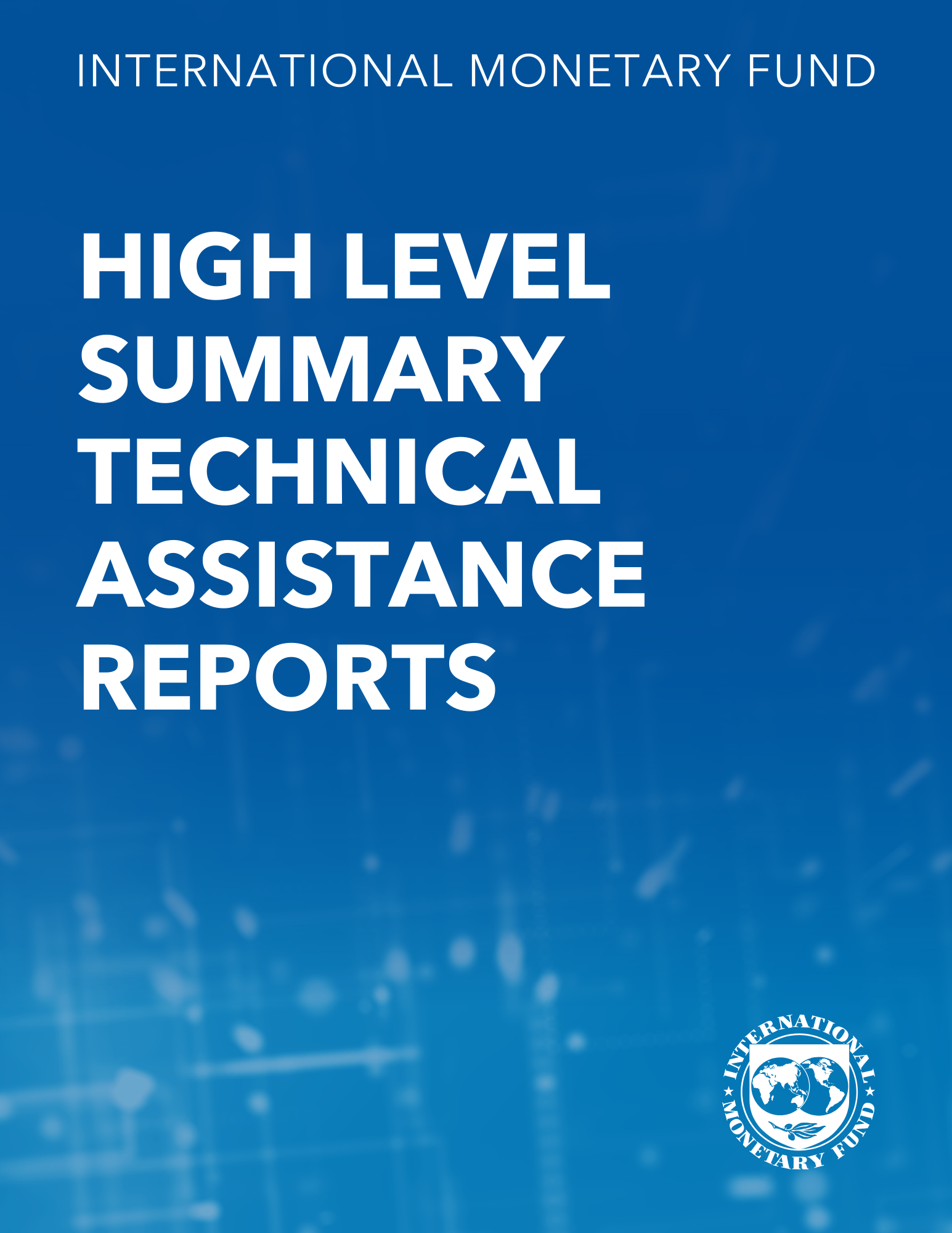Testing the Purchasing Power Parity (PPP) in West and Central Africa
June 13, 2025
Disclaimer: IMF Working Papers describe research in progress by the author(s) and are published to elicit comments and to encourage debate. The views expressed in IMF Working Papers are those of the author(s) and do not necessarily represent the views of the IMF, its Executive Board, or IMF management.
Summary
Subject: Currencies, Foreign exchange, Money, Nominal effective exchange rate, Numéraire, Purchasing power parity, Real exchange rates
Keywords: Central Africa, CFA zone, Currencies, ECOWAS currency zone, error-correction technique, evidence of PPP, inflation, Nominal effective exchange rate, Numéraire, numeraire currency, PPP test, price level, Purchasing Power Parity, Real Exchange Rate, Real exchange rates, unit root, West Africa
Pages:
47
Volume:
2025
DOI:
Issue:
119
Series:
Working Paper No. 2025/119
Stock No:
WPIEA2025119
ISBN:
9798229013529
ISSN:
1018-5941






